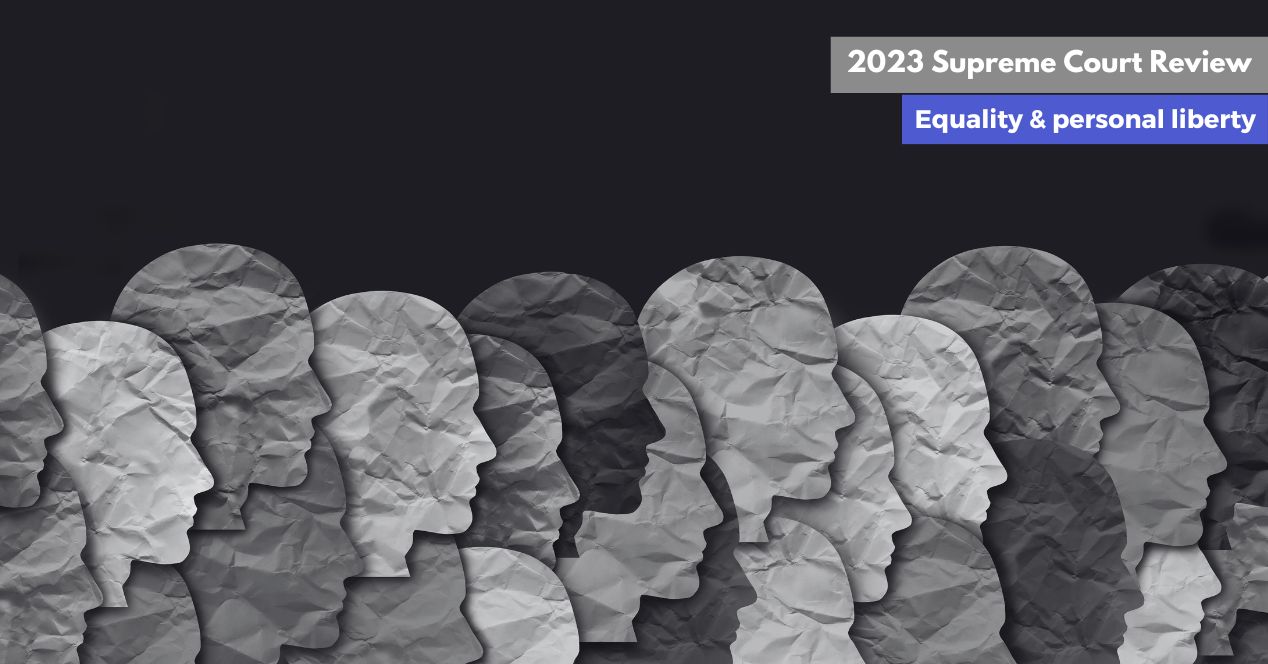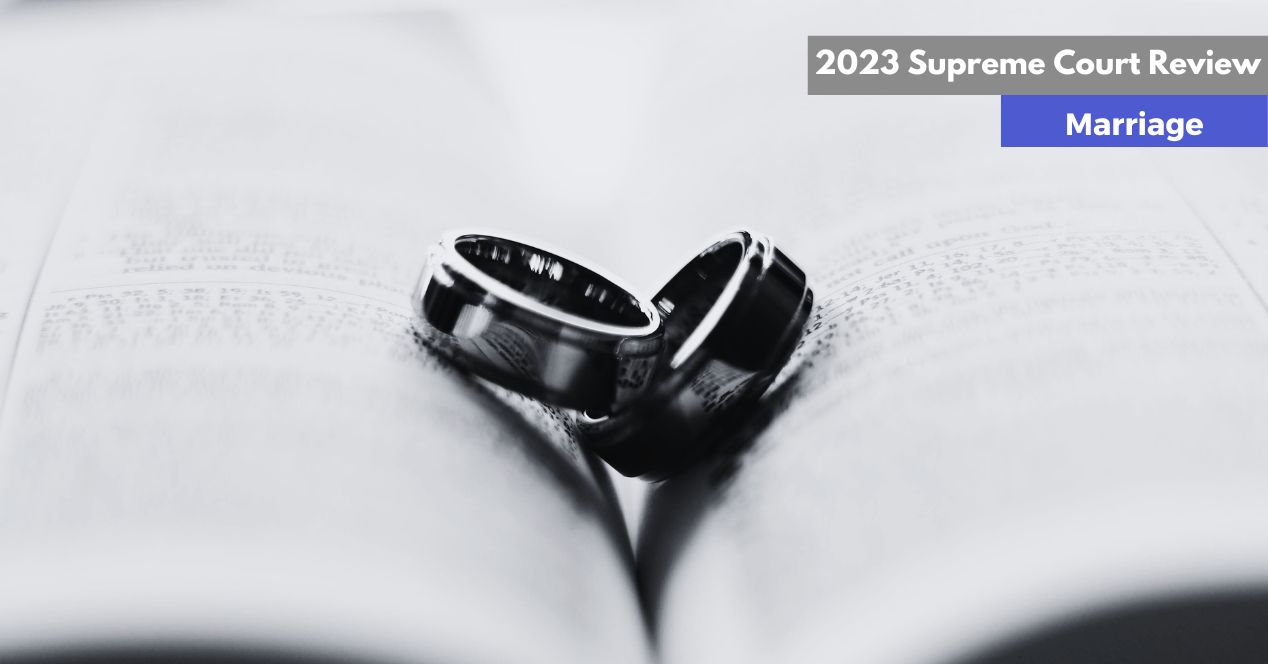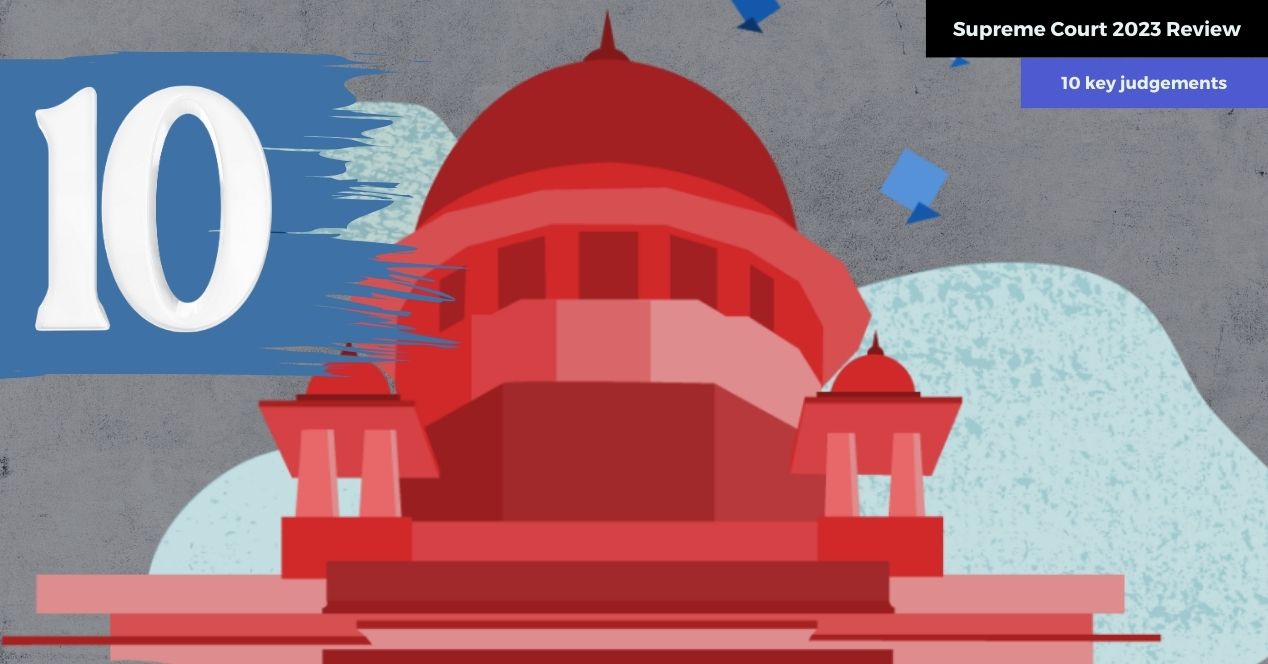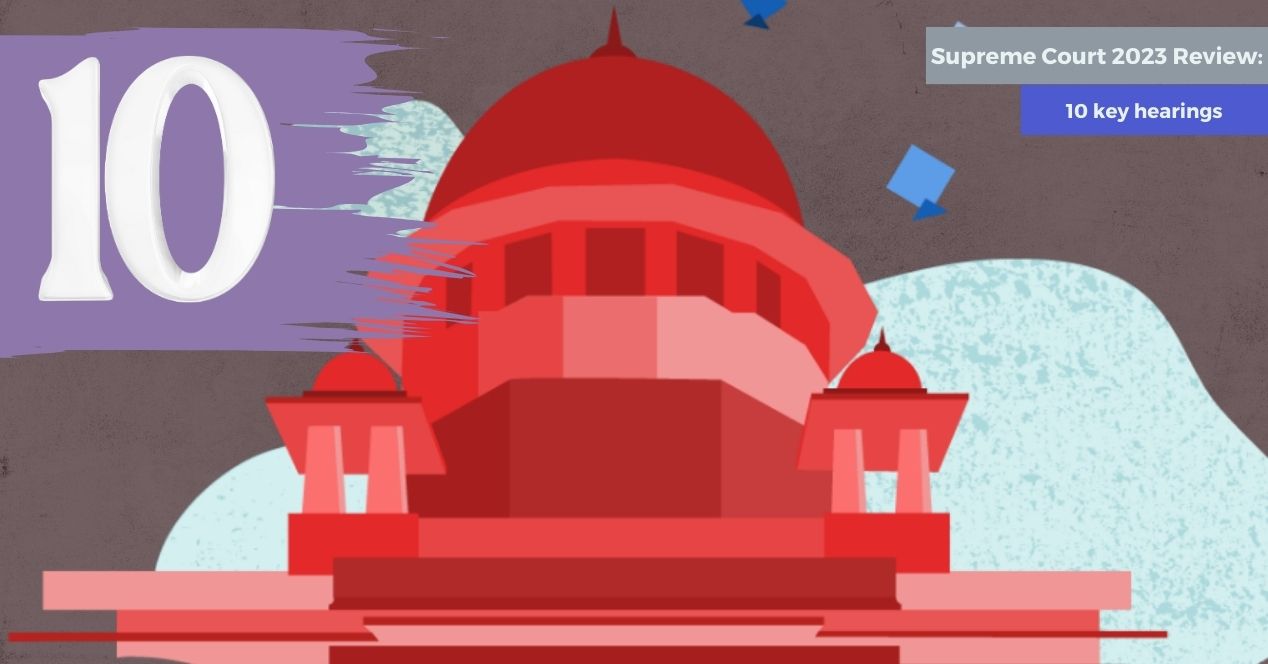Analysis
Looking back, looking ahead
And just like that, it’s the end of another busy year, both for the Supreme Court and Supreme Court Observer.
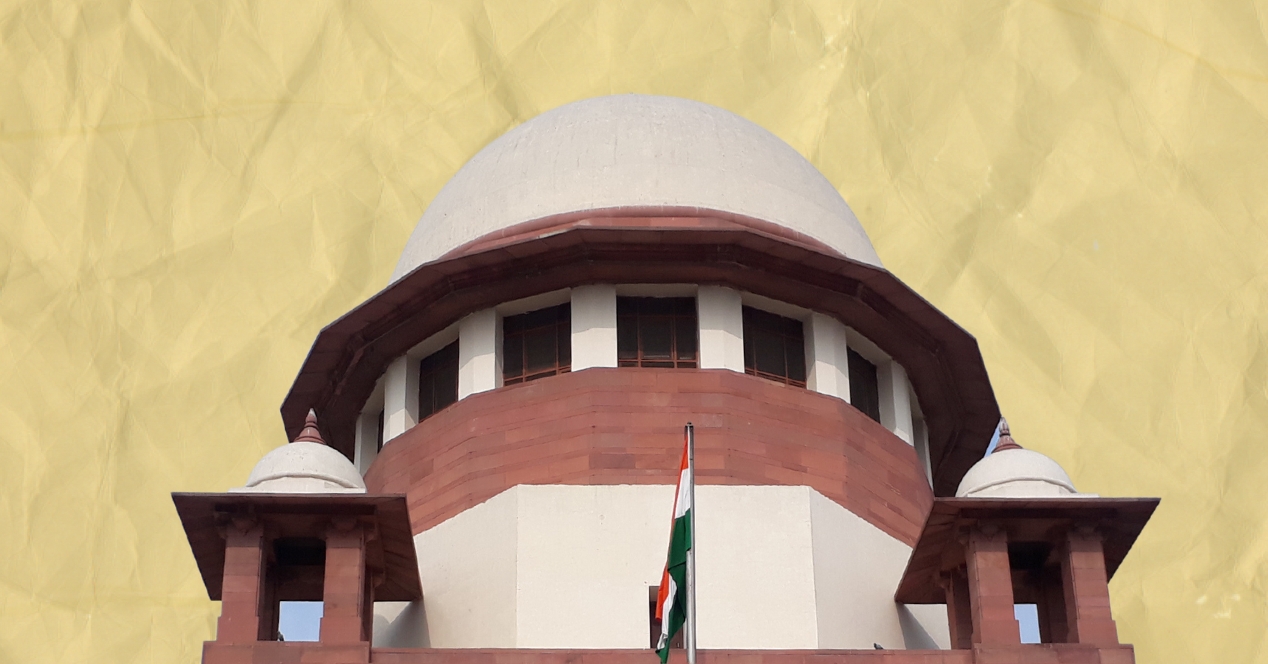
Our team has spent the last week putting together a package to audit the Court’s performance. Our top ten judgements and top ten hearings lists convey a sense of the range of issues that the Court covered, all while disposing of an unprecedented 52,220 cases—31 percent more than last year. In 2023, there was hectic Constitutional Bench activity, which made us hopeful, industrious (too many hearing reports!) and disappointed in various ways. The Court also achieved its full strength of 34 thrice this year, though the lack of gender, caste and religious diversity on the bench continues to be our pet peeve.
It’s also been a year of the Court ruling in favour of the Union in what we call the ‘Page 1’ cases—those which make the headlines of mainstream news outlets and not just speciality legal publications. On demonetisation, Justice Nagarathna was the lone voice of dissent even as she called it a “well-intentioned proposal”. In marriage equality, the Court had sympathy but no relief for sexual minorities, with the majority falling short of even recognising a right to civil union. The decision in Article 370 was on expected lines, but some observers were surprised by the untroubled manner in which the Court endorsed the Union’s legal gymnastics to justify the politics.
In other cases, watching the Court drag its feet left a somewhat bitter taste in the mouth. A look at our bail application tracker of activist Umar Khalid will tell you an unpleasant story. The Maharashtra Assembly decision also stands out in this regard, with the Court ignoring the urgency in Uddhav Thackeray’s plea and then, when it was too late, suggesting that he shouldn’t have resigned from chief ministership.
Along with evaluating the Court, we’ve been looking inwards. Since I took over as chief editor six months ago, we’ve tried a bunch of things—including ground reports from Srinagar, reportage on the perils of disability rights litigation, and an appraisal of remission policy. Two of our ground reports show how technology is helping shape justice delivery in the High Courts of Kerala and Delhi. Some things have worked, others haven’t but all of it has been exciting, as can be expected from a gig chronicling the court of last resort in a particularly chaotic time for our democracy.
We’re a small team that largely depends on the Independent and Public-Spirited Media Foundation to run our not-for-profit shop. And we’re not in the business of breaking news, preferring to take our coverage a bit slower as we gather meatier stories and put together deeper analyses. The goal remains to help the engaged citizen read between the lines of the Indian judiciary, to understand the interplay between law and politics and of course, to put together a “living archive” of the Court.
In 2024, we want to get better and bigger, and put our readers at the centre of what we do. Soon, we will be opening up registrations on the website. We’re also chalking up plans to execute ambitious reported stories and bring in more experts for our commentary coverage. Meanwhile, do tell us what brought you here and what it will take for you to stick with us. Thank you for your support—it has meant the world. See you in the New Year!
This article was first featured in SCO’s Weekly newsletter. Sign up now!
Subscribe!
